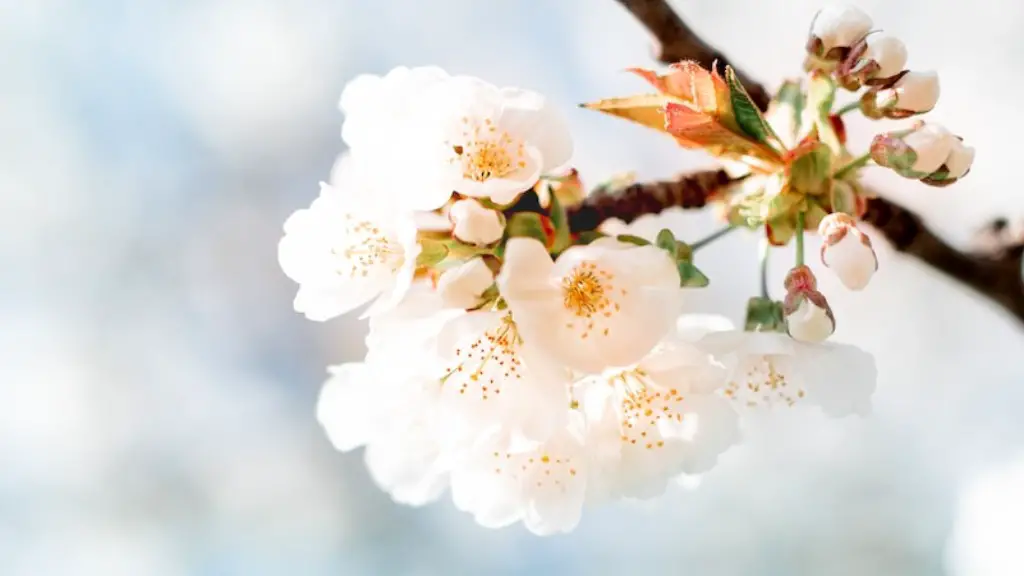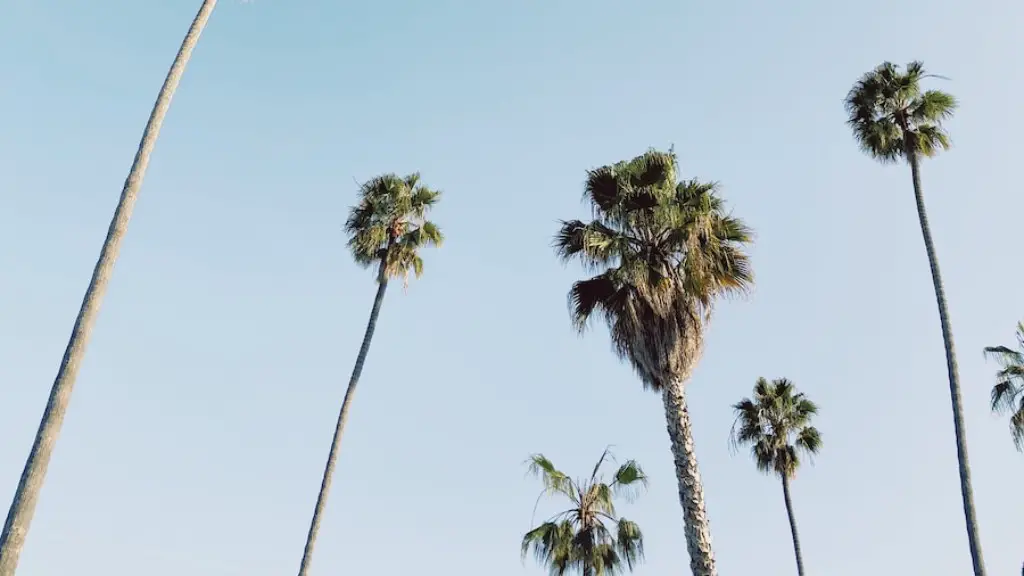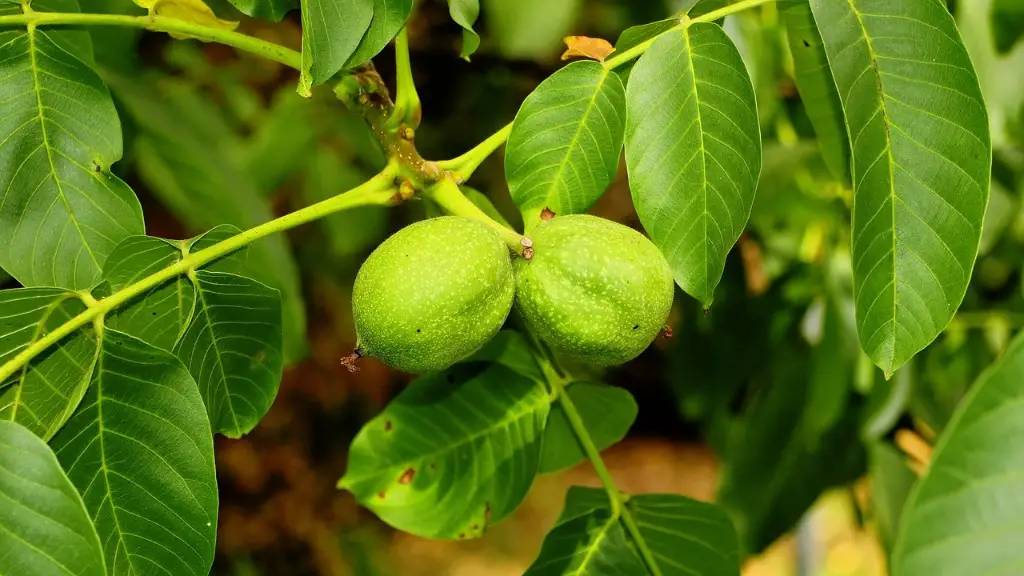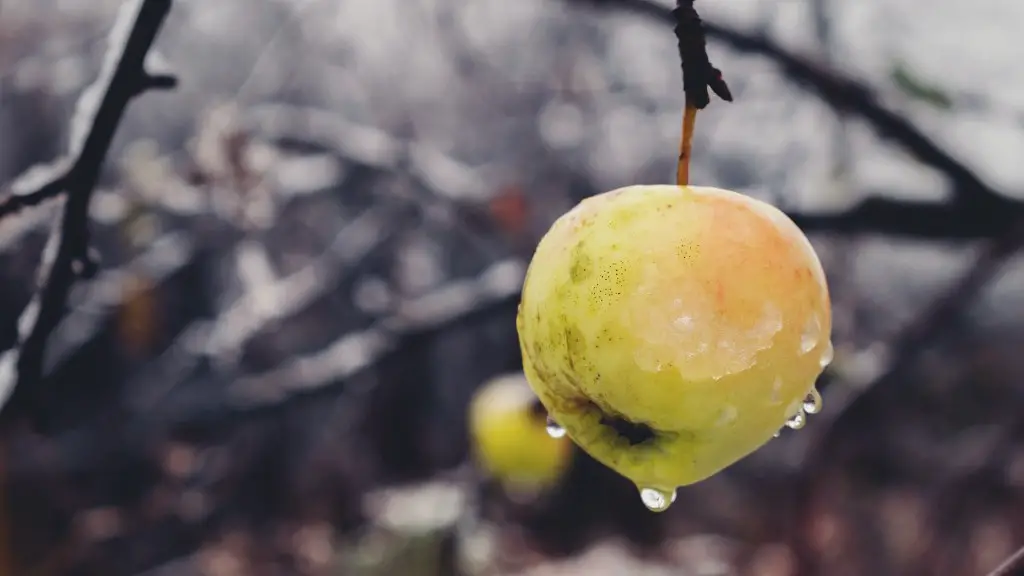Introduction
Cherry blossoms are a beloved symbol of beauty and nature around the world. Depending on the type, they are found in many different climates, providing a splash of color to cities and towns across the globe. While they are beautiful to behold, they do require some care to keep them looking vibrant and blooming. Can you trim a cherry blossom tree? Before any major pruning is done, it is important to understand the type of tree you have and when it is best to prune it. This article will explore the beneficial and damaging effects of pruning, and provide insight into how best to trim a cherry blossom tree.
When to Trim a Cherry Blossom Tree
Cherry blossom trees usually require yearly pruning in order to keep them healthy and looking their best. The best time to prune is when the tree is in dormancy, which is usually from late fall to early spring. During this season, pruning can help to improve air circulation and light penetration, as well as allow for better bud and leaf exposure.
Benefits of Pruning a Cherry Blossom Tree
Prune can improve the tree’s appearance and health overall. By carefully removing dead and diseased branches, you will remove potential breeding grounds for insects or disease. You can also reduce the size of the tree to keep it under control and avoid overgrowth. Additionally, pruning can improve the health of the flowers, allowing for an increase in their brightness and size.
How to Trim a Cherry Blossom Tree
Before pruning, it is important to sterilize your tools to prevent the spread of any bacteria or diseases. To begin, remove any dead or diseased branches first. Then, thin out other branches to create a good balance within the tree and provide improved air circulation. To do this, remove any suckers, crossed branches and any weak branches. Next, thin out the canopy by removing some of the smaller branches from the center, so that more light can penetrate the tree. Finally, take care of any remaining shaping by making sure there are no jagged edges.
Risks of Pruning a Cherry Blossom Tree
Although there are many advantages to pruning a cherry blossom tree, there are a few risks to be aware of. Pruning too much at once can remove too much of the tree and leave it vulnerable to pests and diseases. Additionally, pruning at the wrong time of year can cause the tree to go into shock, and can leave it with stunted blooms and damaged leaves.
Alternatives to Pruning
If you’re unsure about pruning, there are other ways to keep your cherry blossom tree healthy, such as providing the tree with proper fertilizer, water and mulch. Applying a nutrient-rich fertilizer helps nourish the soil and provide the necessary nutrients for the tree to flourish. Additionally, regular watering and mulching help with weed control and water retention, respectively.
How to Prepare and Care for a Cherry Blossom Tree After Pruning
Once pruning has taken place, it is important to provide the cherry blossom tree with the right level of care. Typically, this includes providing the tree with water, fertilizer and nutrition. As mentioned previously, applying a nutrient-rich fertilizer at the beginning of each growing season helps to provide the necessary minerals and nutrients. Additionally, provide the tree with regular waterings. Finally, mulching helps to reduce weeds, retain moisture and add some organic material back into the soil.
Evaluating the Health of Your Cherry Blossom Tree
To keep your cherry blossom tree in tip top shape, it is recommended to evaluate its health on a regular basis. A good way to do this is to examine the leaves for any discoloration, yellowing, curling or wilting. Additionally, check for any signs of insects, diseases or other potential issues. If any of these things are present, contact an arborist or plant specialist to get additional advice on how to care for your tree.
Cutting and Training Branches for Growth
One way to encourage healthy growth is to cut and train branches properly. By cutting the right branches, you can help encourage a strong, sturdy structure. Additionally, you can train the tree to grow in any desired direction. Branches should be cut at a slight angle, which helps promote good healing and branch closure.
Protecting the Tree from Pests and Diseases
Various pests and diseases can negatively impact a cherry blossom tree, so it is important to be aware of these potential threats. Aphids, scale insects and boring insects are some common pests that can be a problem. Additionally, verticillium wilt and dieback are two common diseases that can be damaging. To protect the tree from these issues, you can use neem oil or a horticultural soap for systematic pest control, and avoid overwatering.
Preventing Overgrowth
If you want to keep the size of your cherry blossom tree under control, there are a few different techniques that can be used. Topping is one technique you can use to clip the ends of branches, reducing the tree’s overall height. Additionally, you can use selective pruning to reduce the size of the tree by removing branches strategically.
Ensuring Proper Shaping and Symmetry
When it comes to trimming a cherry blossom tree, it is important to consider the overall shape and symmetry of the tree. To help achieve this, you can use one of two techniques. You can either use pollarding, which entails cutting the branches back repeatedly, or you can use coppicing, which entails cutting the branches back to the same level, allowing for regrowth. Both of these techniques can help achieve the desired look.
Conclusion
Cherry blossom trees can be beautiful additions to any landscape, but they require some care and attention to ensure that they stay healthy and looking vibrant. To help keep them looking their best, pruning can be beneficial. However, before doing any major pruning, it is important to understand when and how to prune, as well as the benefits and risks associated with it. Additionally, other techniques such as topping, pollarding, and coppicing can be used to keep the size of the tree under control, and promote healthy growth. With a bit of understanding and care, you can keep your cherry blossom tree looking beautiful for many years to come.



